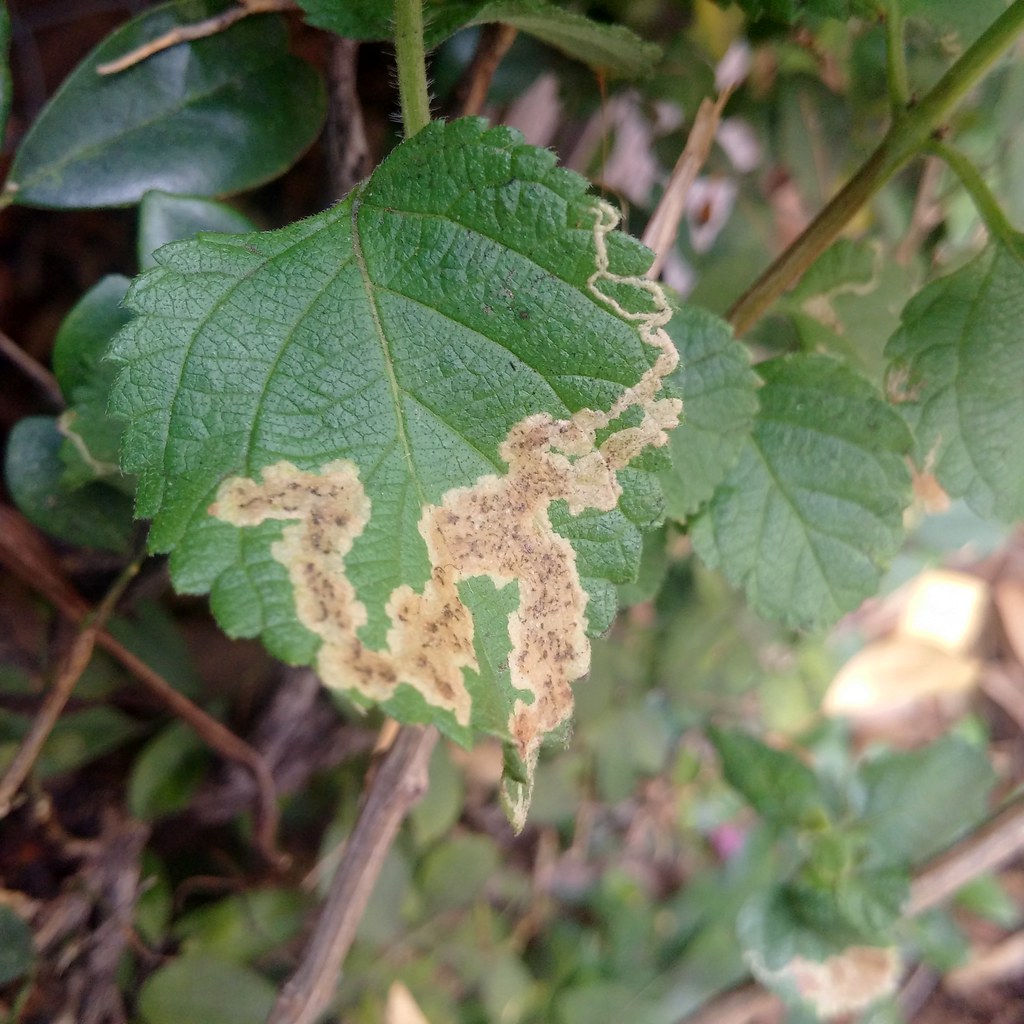
Leaf blotch
Gnomonia fragariae
What is Leaf blotch (Gnomonia comari)?
Leaf blotch disease is caused by the fungus Gnomonia comari. The fungus also has an asexual stage called Zythia fragariae. It produces dark, spherical fruiting bodies and can be found on infected tissues. Furthermore, symptoms include tan to gray leaf lesions that expand and cover a significant portion of the leaflet surface. Fungal fruiting bodies are present within the lesions, and there may be brown decay on the calyx end of the fruit. Leaf blotch is generally considered a minor problem. Plants naturally outgrow the disease, which is more common after heavy rainfall early in the season.
How does Leaf blotch (Gnomonia comari) occur?
The fungus Gnomonia comari causes leaf blotch and reproduces both sexually and asexually. It forms dark fruiting bodies called perithecia, which produce ascospores for sexual reproduction. These ascospores are spread in the environment. Asexual stage produces tiny spores called conidia. These conidia help spread the disease. Gnomonia comari survives on plant residue in the soil and relies on splashing water to disperse its spores and infect new plants.
Symptoms
1 - Effects on Plants
• Leaf Damage: Leaf blotch disease causes extensive tan to gray lesions on leaves, affecting their photosynthetic capacity. • Reduced Yield: Severe infections can decrease yield by impacting fruit set and crop productivity.
2 - Effects on Soil
• Disease Recurrence: Infected debris in the soil contributes to the persistence of the pathogen, increasing the likelihood of future outbreaks. • Fungal Ecology: Gnomonia comari's presence affects soil microbial dynamics and nutrient cycling.
Solutions
1 - Cultural Control
• Avoid planting in the same area consecutively to break the disease cycle and reduce pathogen buildup in the soil. • Remove and destroy infected plant debris to minimize the survival of the pathogen between seasons. • Avoid overhead irrigation or adjust irrigation practices to minimize splashing water, which can spread fungal spores. • Provide adequate spacing between plants to promote airflow and reduce leaf wetness, creating unfavorable conditions for disease development.
2 - Fungicide Application
• In severe cases or when necessary, fungicides labeled for controlling foliar fungal diseases can be used. Consult local agricultural extension services or professionals for appropriate fungicide recommendations and application timings. • Regularly inspect plants for symptoms of leaf blotch disease and take prompt action if detected, such as removing infected leaves or implementing appropriate treatments.
